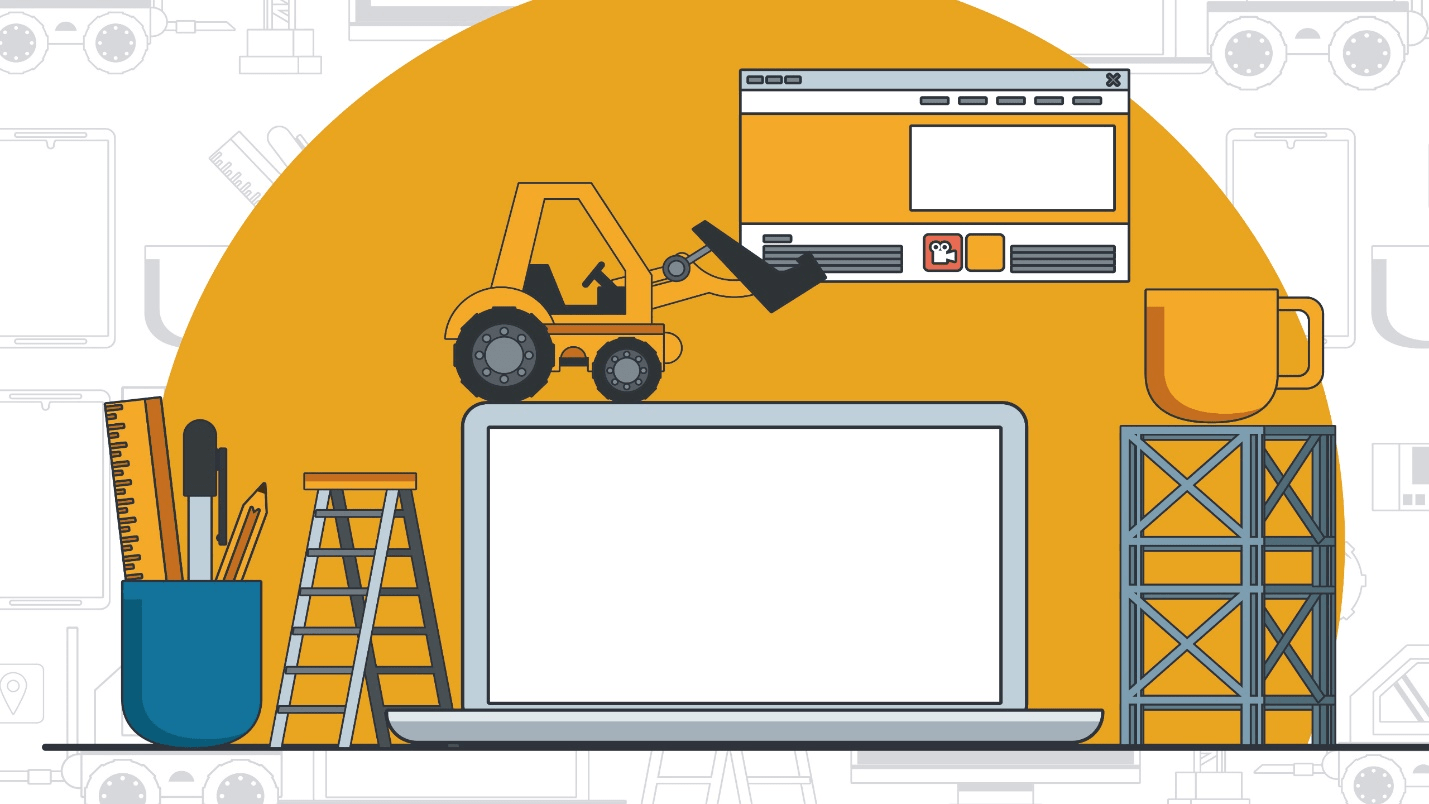
The Digital Doctor is In: AI and Telemedicine Redefine Healthcare
The healthcare industry is undergoing a seismic shift fueled by artificial intelligence (AI) and telemedicine.

Last year was a banner year for construction technology adoption. As per the JLL’s State of Construction Tech report, the coronavirus pandemic significantly influenced accelerating tech adoption in the construction industry in 2020. Per the findings, the rate of construction tech adoption spread in one year what normally would have transpired in three years. Technology will see greater adoption as construction leaders improve productivity, eradicate inefficiencies, and adapt to a younger workforce of digital natives that demand to work with technology.
Collaborative Software Solutions
Last year convinced that communicating and sharing data in real-time was important to construction firms due to state-mandated shelter-in-place orders that led to many workers adapting to working from home quickly. The need for collaborative software already existed in the construction industry, with the need to communicate information in real-time between the office and the field and other stakeholders like architects, suppliers, building product manufacturers, construction inspectors, and subcontractors.
Decisions often have to be made immediately in construction, so having access to the most up-to-date information is vital to circumvent costly rework and keep projects on schedule and within budget. The good news is this is an operation that already has strong adoption in the industry and means software solutions enable multiple users to work together in real-time to update data and complete tasks.
Building Information Modeling & Digital Twins
BIM consolidates digital representations of the physical and functional aspects that can lead to more reliable collaboration during design and construction projects. Outside of its effectiveness as a collaborative design tool, BIM is being handled by contractors in prefabrication, takeoff and estimating, designing and scheduling, and clash detection.
BIM helps contractors better appreciate the scope design intent of a project due to the 3D modeling and additional data in the models; it can also aid estimators by generating exact quantities of all building materials and components required on a project for accurate takeoffs and estimates. BIM can also automate clash detection during the design phase or before construction starts, leading to a huge reduction, or elimination, of change orders.
Artificial Intelligence
Much like Building Information Modeling, AI is a technology utilized in conjunction with other technology like BIM, sensors, wearables, and laser scanners to gather the information to learn and make decisions. Artificial intelligence focuses on technology that permits computers and machines to mimic human intelligence. Machine learning, a subset of AI, which uses algorithms to learn from data, recognize patterns, and make decisions without being programmed, has the most significant impact on construction technology.
Construction projects create a ton of data renowned for AI because all that data collected over the years on projects can improve machine learning, predict future outcomes on projects, support schedules, mitigate risk, and improve productivity. The one roadblock in the future for unleashing the full potential of AI in construction is finding a way to collect, create, and structure all the data being generated.
Augmented Reality & Virtual Reality
Augmented and virtual reality are developing technologies for the construction industry, rising in both development and adoption. The immersive visualization made possible by VR paired with BIM is improving the design, collaboration, and communication and providing architects to showcase their design to clients better. Most virtual reality applications in construction use BIM models to design virtual environments, which will aid in eliminating change orders and clash detection before starting construction.
Safety training, equipment operator training, and building systems installation training are all sectors where virtual reality is helping business owners train and develop the next generation of construction workers. Workers could present what to expect in the field in a controlled environment where various scenarios can be presented while keeping the worker safe as they learn.

The healthcare industry is undergoing a seismic shift fueled by artificial intelligence (AI) and telemedicine.

The healthcare and pharmaceutical sectors are navigating a transformative period, with technological advancements reshaping patient care, operational efficiencies, and strategic growth.

In the world of business, financial wizards wave their wands to conjure profits and success. But behind every great money magician …

Insurtech is not just making waves in the insurance industry—it’s rewriting the rulebook. As technology-driven startups disrupt …